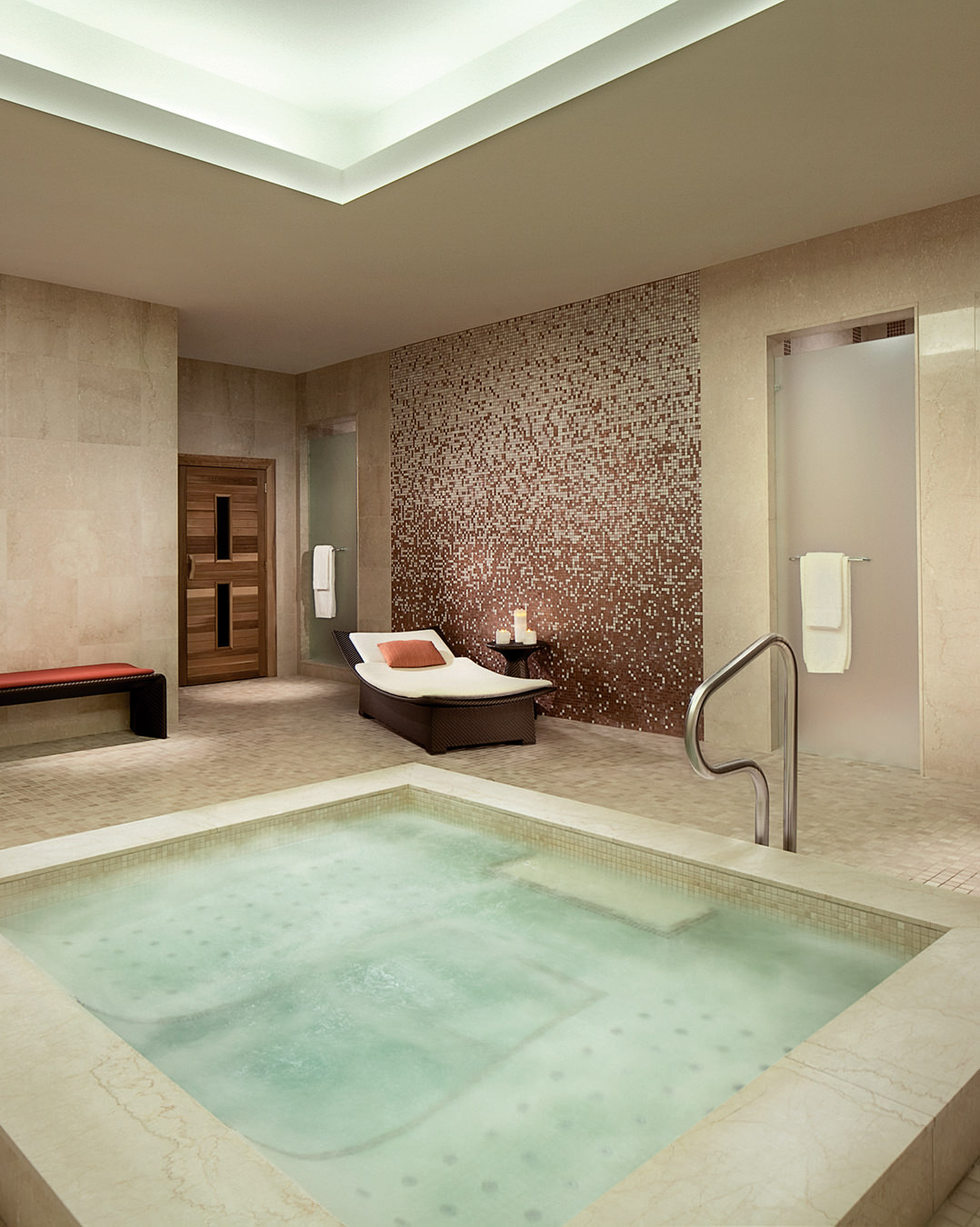Niagara’s Cave Spring Winery Continues to Maintain a High Bar
Current releases show depth and quality.
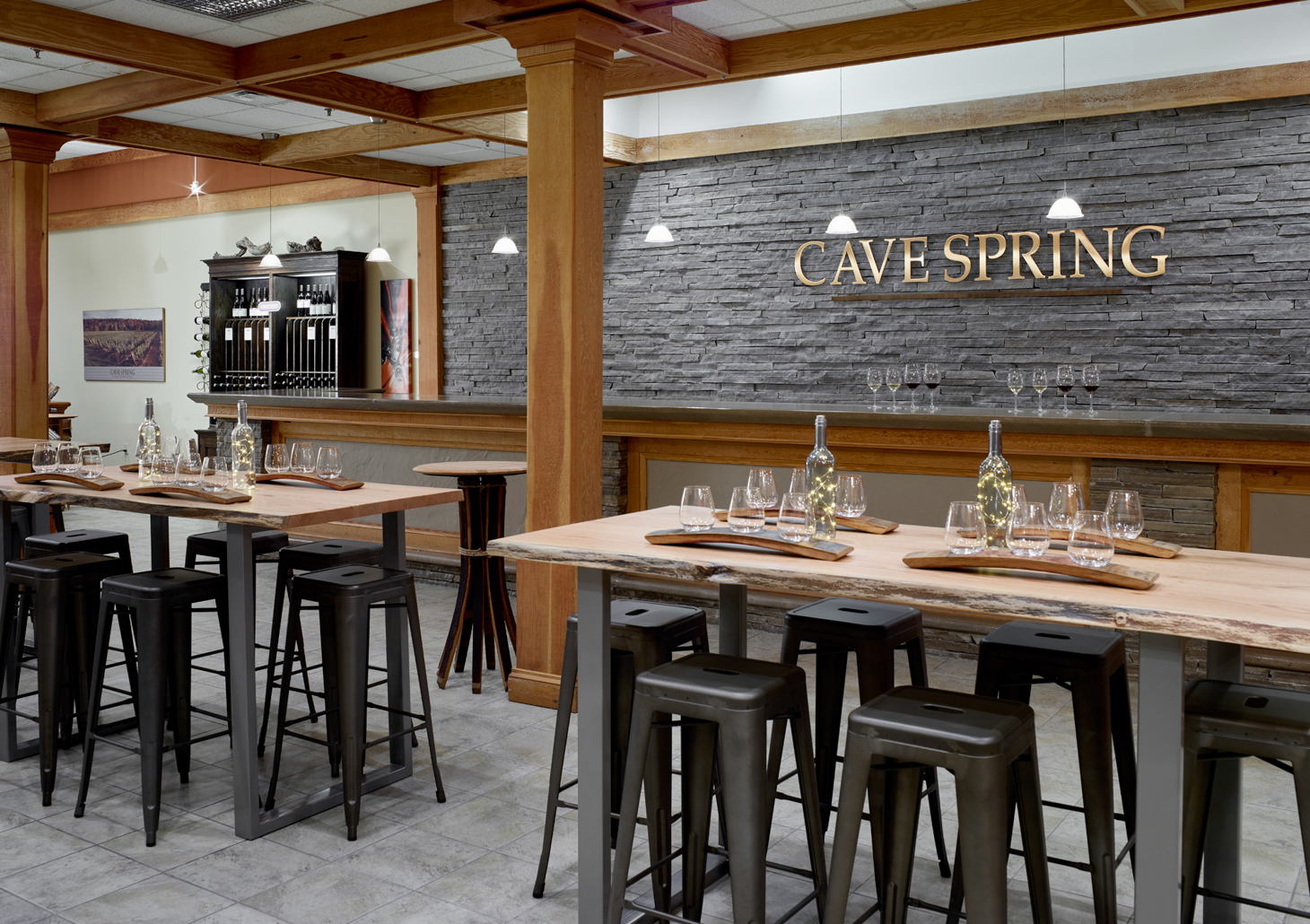
Cave Spring Vineyards is one of Niagara Peninsula’s oldest wineries, but it has never lost the drive to innovate that underlies its beginnings. The Pennachetti family began to plant riesling and chardonnay vines in the late 1970s—a daring decision when hybrid grape varieties were the rule in Niagara Peninsula. At a time when there was widespread scepticism that quality Vitis vinifera varieties would ripen, the Pennachettis were among the first to commit to these white wine varieties, and they followed with reds: gamay, pinot noir, and cabernet franc.
As riesling became more widely planted in the 1990s, Cave Spring’s became the benchmark for Niagara riesling, and the variety remains at the core of their production. White wines dominate the Cave Spring portfolio: mainly riesling and chardonnay (both used for still and sparkling wines) and also pinot gris and gewürztraminer. This situates Cave Spring well to take advantage of the current shift in preferences from red to white wines.
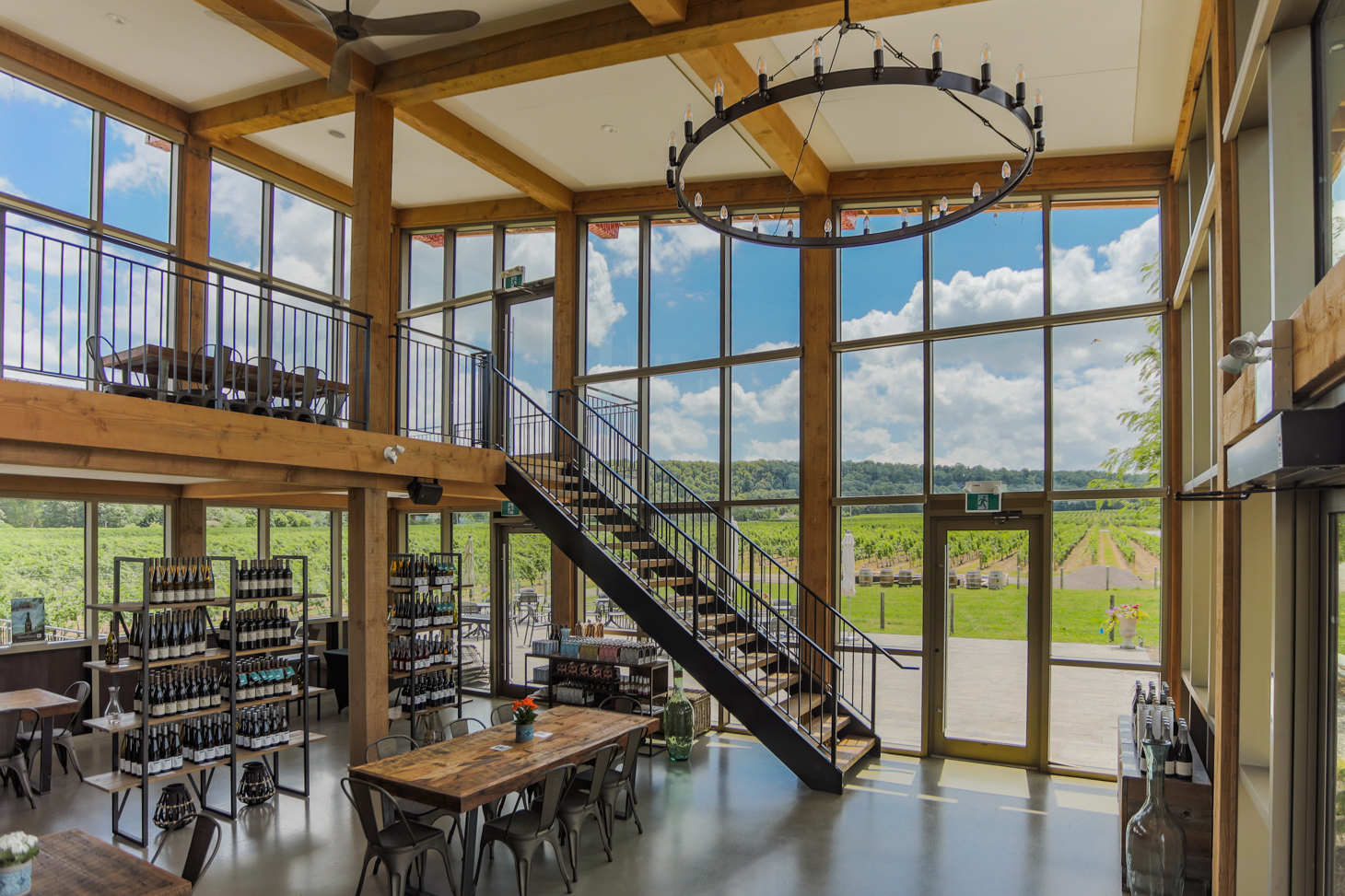
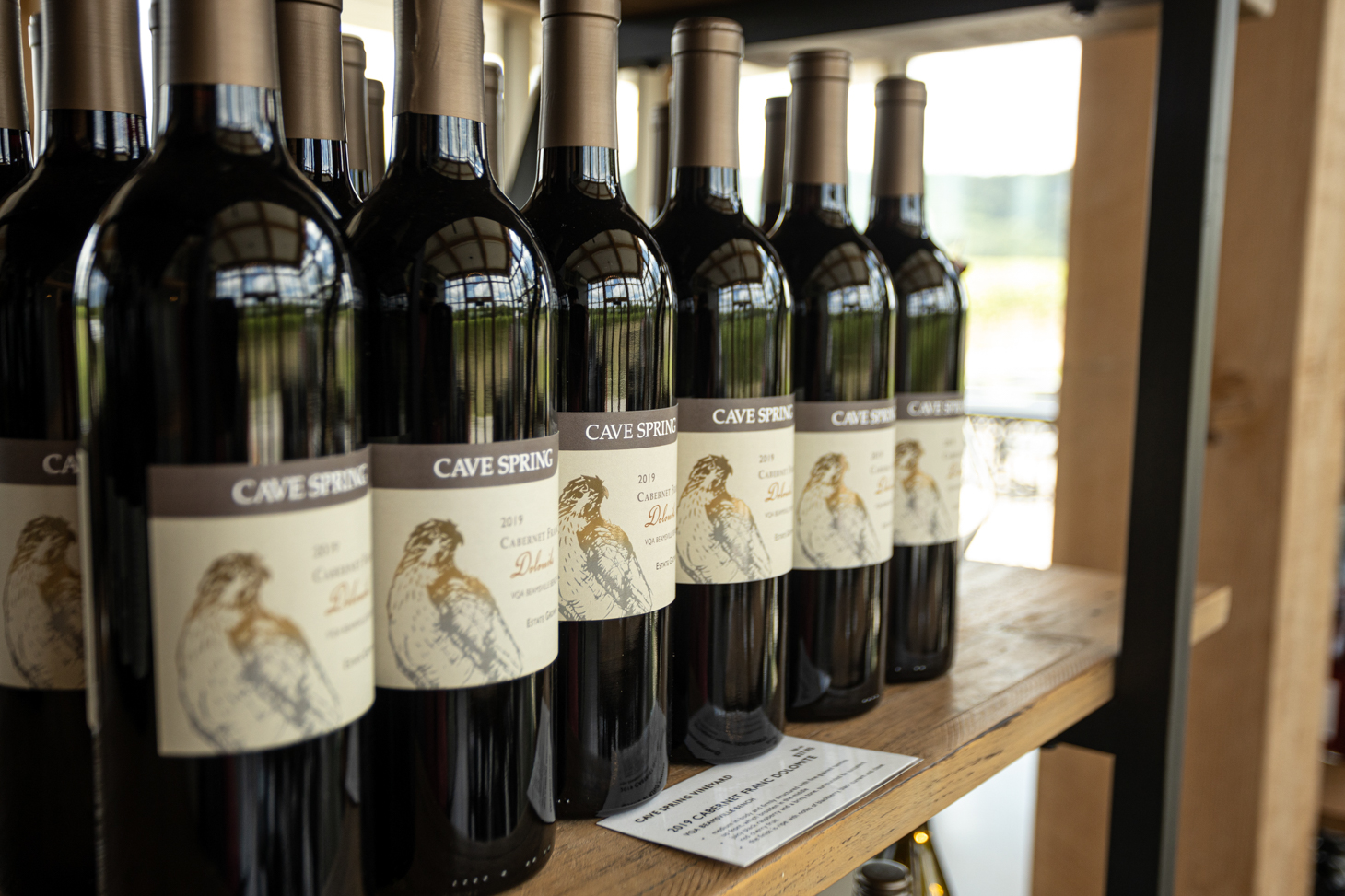
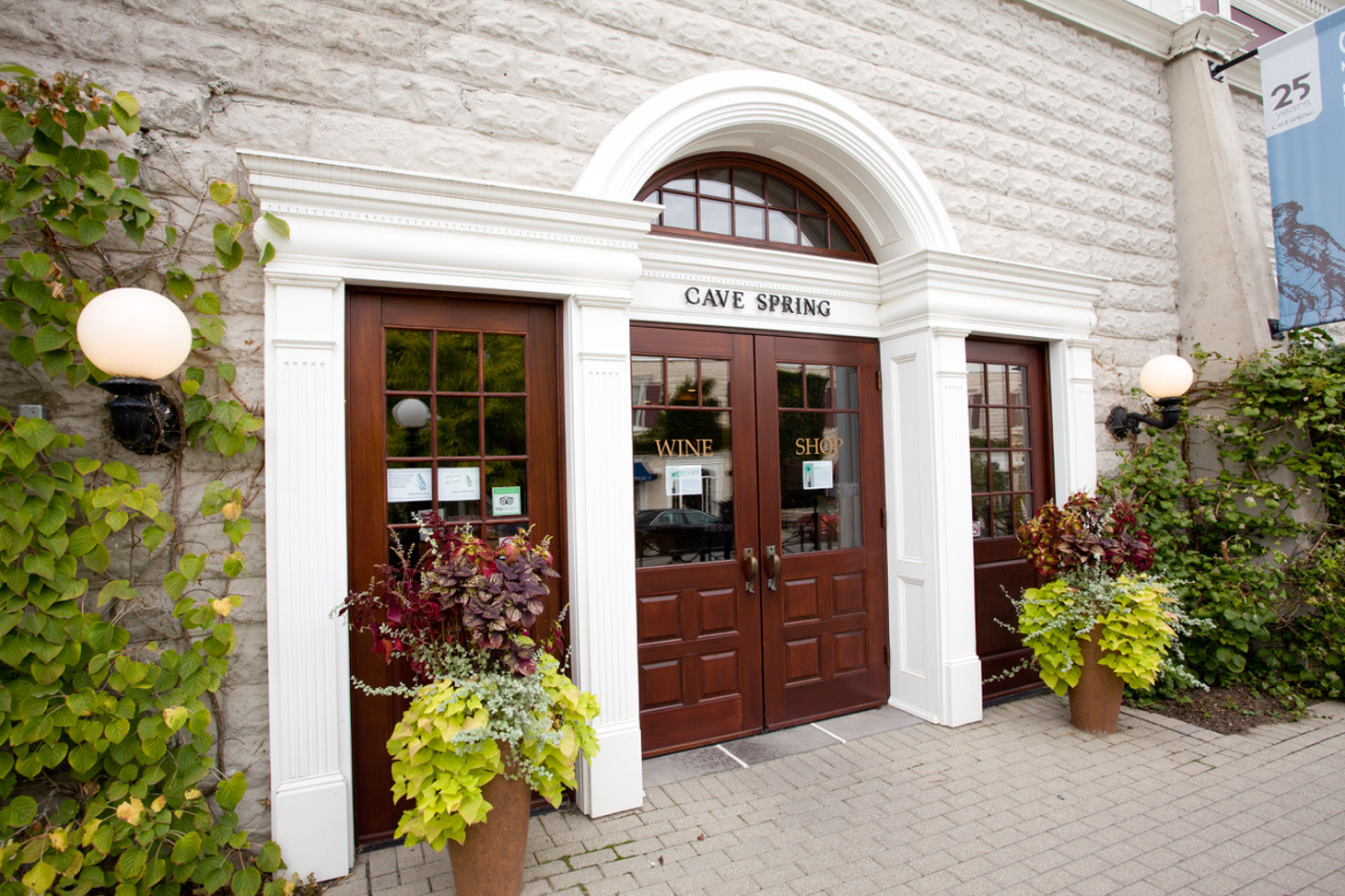
Cave Spring’s current releases show that after nearly 40 years (it initially sold grapes to other wineries and produced the first wine with the Cave Spring label in 1986), its commitment to quality remains vigorous. As for the spirit of innovation, one sign is Cave Spring’s now using only indigenous yeasts for fermenting its table wines. Unlike the commercial yeasts used in most wines, these are adapted to local environments, and many winemakers and scientists think they give unique characteristics to wine.
Among the highlights of the current white wines is the always reliable, always delicious Cave Spring Blanc de Blancs sparkling wine. Made from chardonnay, it is aged 35 months on its lees, about a third of it in neutral barriques and the rest in stainless steel tanks. It delivers gorgeous flavours of white and yellow fruit and citrus, with vibrant acidity, fine bubbles, and a firm mousse.
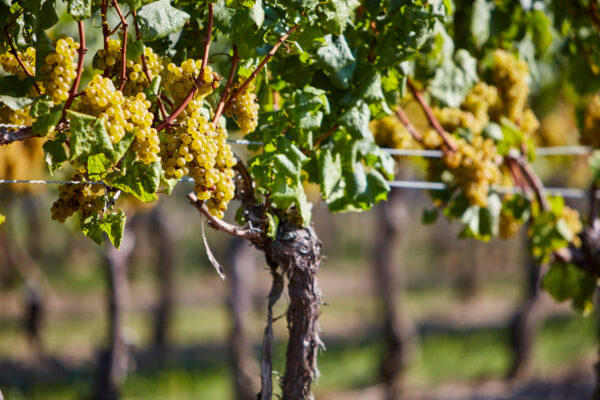
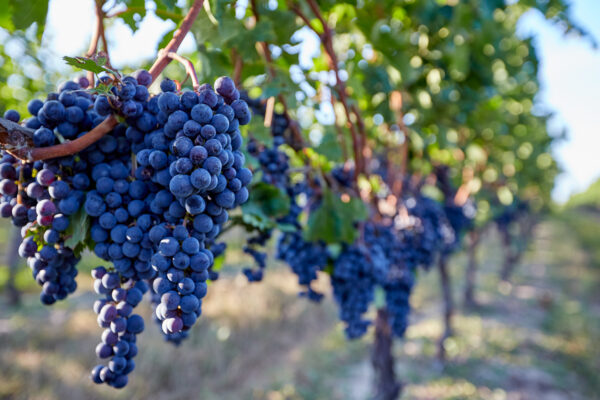
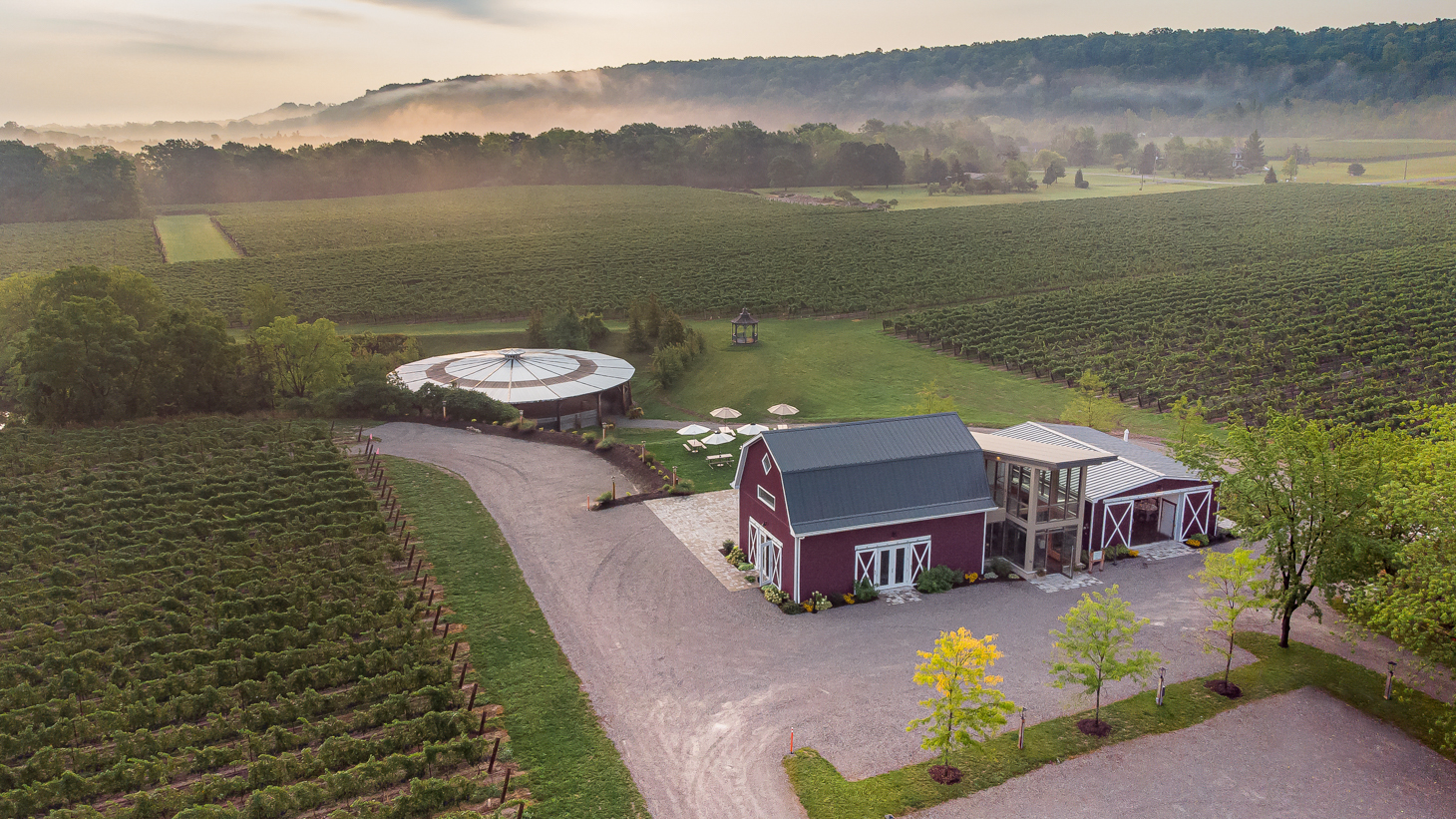
Within the range of rieslings, which includes dry and off-dry styles as well as icewine, look for Cave Spring Adam Steps Riesling 2022. Named for a series of limestone outcrops on the slope above the estate vineyard, this is an off-dry riesling vinified entirely in stainless steel. It sports delicious, layered flavours of tropical fruit stitched to a line of vibrant acidity, and the texture is bright and nervy.
Among the red wines, Cave Spring Dolomite Cabernet Franc 2021 is a standout. Matured for 13 months in mostly neutral barrels, it’s a plush, quite big-boned wine with a panoply of nuanced flavours and perfectly balanced acidity. There’s none of the greenness often associated with cabernet franc, but the variety is unmistakable.
Understandably, there’s always interest by the wine media and wine-lovers in the bright, shiny, new producers in any region. But it’s good to remember that some of the brightest and shiniest, such as Cave Spring, aren’t necessarily the newest.
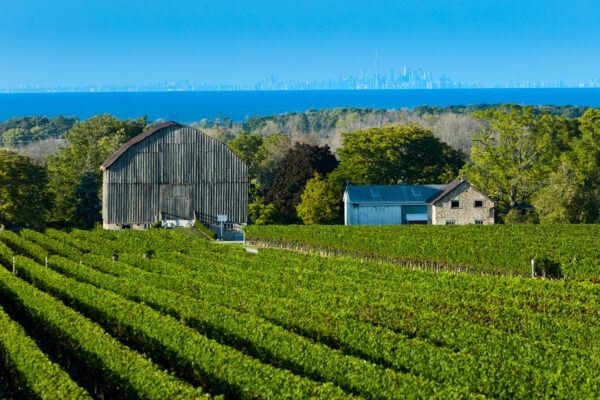
Cave Spring wines
Cave Spring Blanc de Blancs Sparkling Wine (Beamsville Bench, Niagara Peninsula)
Cave Spring Adam Steps Riesling 2022 (Beamsville Bench, Niagara Peninsula)
Cave Spring CSV Riesling 2020 (Beamsville Bench, Niagara Peninsula)
Cave Spring CSV Chardonnay 2021 (Beamsville Bench, Niagara Peninsula)
Cave Spring Dolomite Cabernet Franc 2021 (Beamsville Bench, Niagara Peninsula)
Cave Spring Estate Gamay 2021 (Beamsville Bench, Niagara Peninsula)


